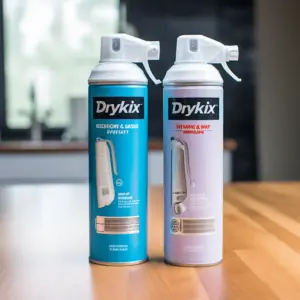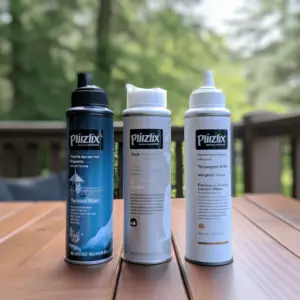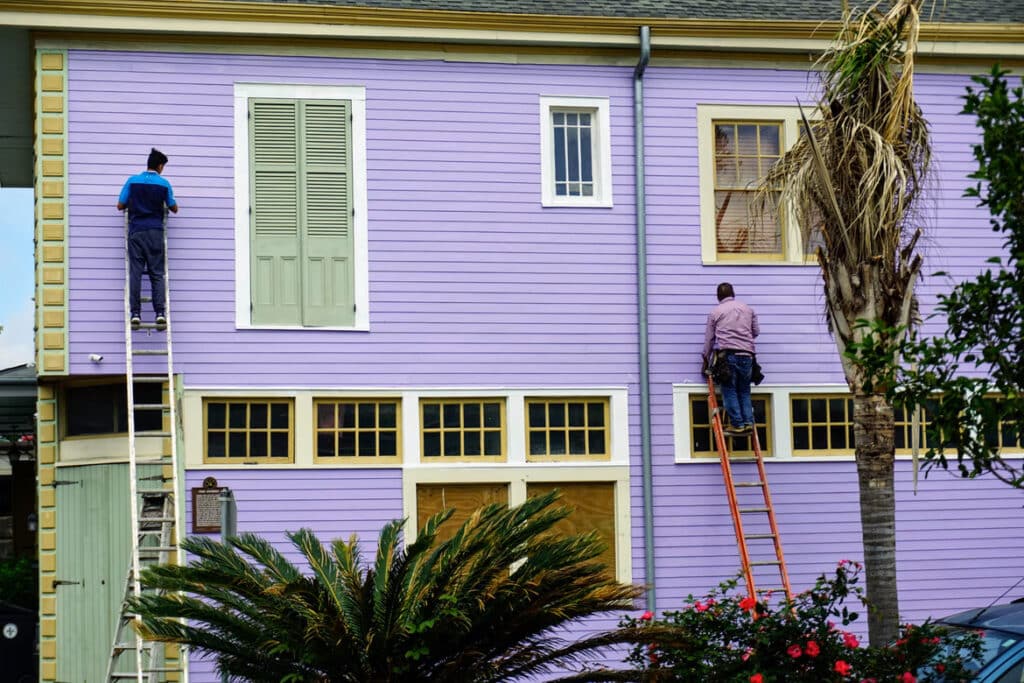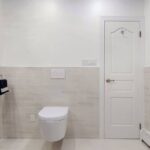Drylok and Zinsser Primers for Protection, Priming is a pre-conditional operation taken before the application of paint layers. Priming, as the name implies, prepares the surface for applying actual color coats. In most circumstances, priming your wall is recommended before painting.
If you’re looking for a primer, you’re probably going to come across two brands: Drylok and Zinsser. These two primers are frequently the subject of heated dispute. This article will compare the two primers from various perspectives to clear up any confusion.
Table of Contents
Drylok vs Zinsser: Quick Comparison

Variety
The formula of Zinsser and Drylok is the first notable variation between them.
First and foremost, both of these primers are acrylic. Acrylic concrete sealers provide several advantages, including good moisture protection, quick drying time, and a variety of colors to enhance the appearance of the surface.
Again, both of these primers are based on oil. As a result, these primers outperform oil-based sealers in terms of raw performance.
But Zinsser also provides a latex-based paint as an extra option, giving clients more options.
Latex-based paints cure faster and are less harmful to the environment.
Surface Compatibility
Surface compatibility is critical because different primers behave differently depending on the surface. Both Drylok and Zinsser provide a wide range of surface compatibility in this regard.
Depending on the surface, you must decide whether you want an oil-based or latex-based primer.
Drylok works with regular stuff such as cement and concrete surfaces and unusual surfaces like porous terra cotta and stucco. On the other hand, Zinsser can be used on various surfaces, such as an uncoated basement, retaining walls, cellar walls, and concrete subfloor.
Waterproofing
This is one of the most significant distinctions.
Drylok and Zinsser’s waterproofing abilities will influence people’s purchasing decisions.
Zinsser appears to be the better option in this regard. It claims to endure water pressure ranging from 10 to 34 pounds, depending on the painted model.
Zinsser also offers mildew and mold control in addition to waterproofing.
On the other hand, Drylok only prevents water from entering your structure. Unfortunately, the primer does not prevent mold or mildew.
Application
The ease of application should be a primary consideration when buying any primer. You don’t realize how important this is until you run into problems in your DIY projects. In this aspect, Drylok appears to be slightly superior to Zinsser.
While applying Zinsser can prove to be overly calculative with a roller or brush at a specific temperature range. This is not the case when using Drylok.
Drylok can even be applied with a sprayer, which is impossible with Zinsser.
Longevity
We don’t refurbish, paint, or seal the concrete surfaces in our immediate environment daily. That is why it is critical to examine the element of longevity.
Overall, Zinsser appears to be the best option in this segment.
Zinsser models guarantee waterproofing and mold prevention for 5 to 20 years. On the other hand, Drylok offers a 7 to 15-year guarantee.
Zinsser, thus, appears to be the preferable option if you want to safeguard your concrete surface for years to come.
Cost
Added features come at an additional fee. As a result, the price of these primers may become a decisive issue for certain people. Zinsser will be significantly more expensive than Drylok in this sense.
The Drylok might be a better option if you’re searching for basic protection for a DIY project.
Drylok vs Zinsser: What Will Be The Most Appropriate Option For Your Home?

Both Drylok and Zinsser, as you can see, have their fair share of differences. As a result, the final selection is a matter of personal preference.
If you want something more professional and long-lasting, Zinsser may be the best option despite its higher price tag. On the other hand, some people may favor Drylok because of its unique appearance, ease of application, and low price.
Aside from these variations, both primers will provide excellent surface protection.
Frequently Asked Questions
What is Zinsser Watertite, and How Does it Work?
Zinsser Watertite is a waterproof paint used on various surfaces to prevent water leakage, damage, and mold growth. It works well on multiple surfaces and leaves a lustrous, non-gritty finish.
Kilz or Drylok: Which is Better?
Kilz is a popular Drylok substitute. Because these two items have so many similarities, it is not easy to compare them directly. Kilz, however, appears to be the better pick in terms of water pressure, with a 15-pound withstanding capacity.
Is Drylok Extreme Water-Based?
The majority of Drylok products are water-based; however, some are oil-based. For most floor surfaces, water-based compounds are more successful in creating a watertight seal. However, a few surfaces are suitable for use with oil-based formulations.
How Long Does Drylok Last?
Drylok Floor and Wall Masonry Waterproofer should last at least seven years, Drylok Original Masonry Waterproofer for ten, and Drylok Extreme Masonry Waterproofer for fifteen years.
What is the Difference between Primer and Paint?
The primary distinction between primer and paint is the product’s composition. Primer has a higher resin content than paint and little to no pigment. Because resin has a higher consistency, it creates a smooth, paint-grabbing surface for the color. Primer is just paint without color pigments.
On the other hand, paint has more pigment than resin and thus provides a more opaque color covering. Fast-drying compounds, gloss medium, and durability agents are among the additives found in paints and not in the primer. Paint can also be used to protect the substrate’s surface and conceal unattractive stains. You can also choose from various finishes, ranging from high shine to matte.
Final Take
We hope this article helped you understand the differences between Drylok and Zinsser. Which primer you choose to use is totally up to you if you plan a project.
Simply remember to use one of these options to protect your structures from additional water damage.


